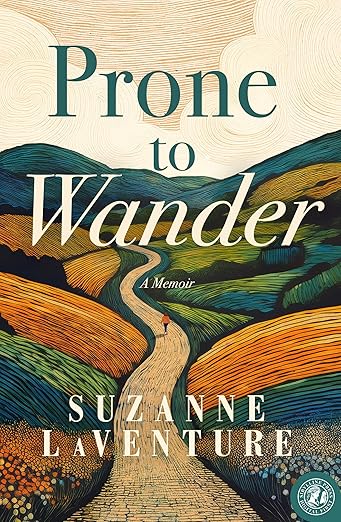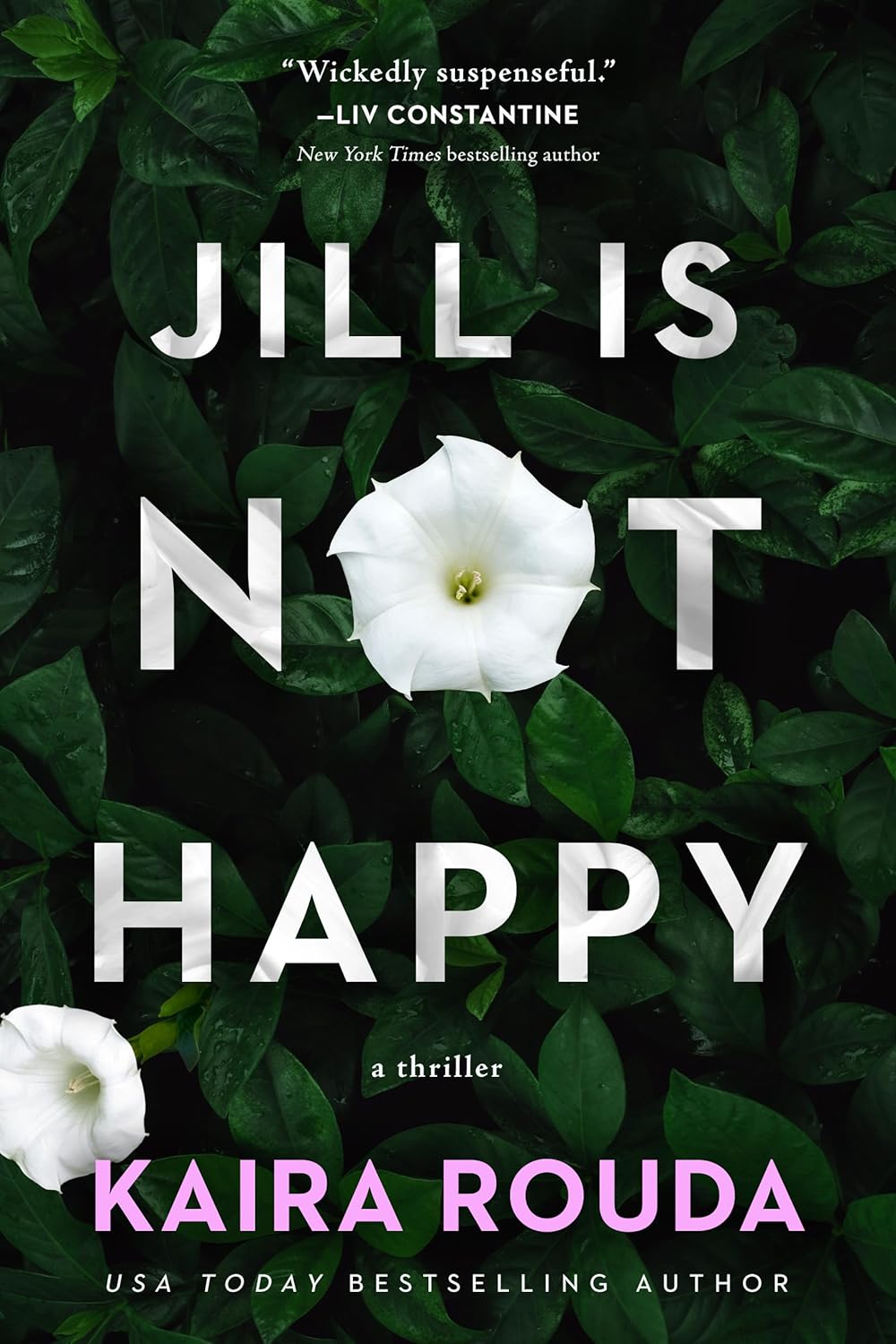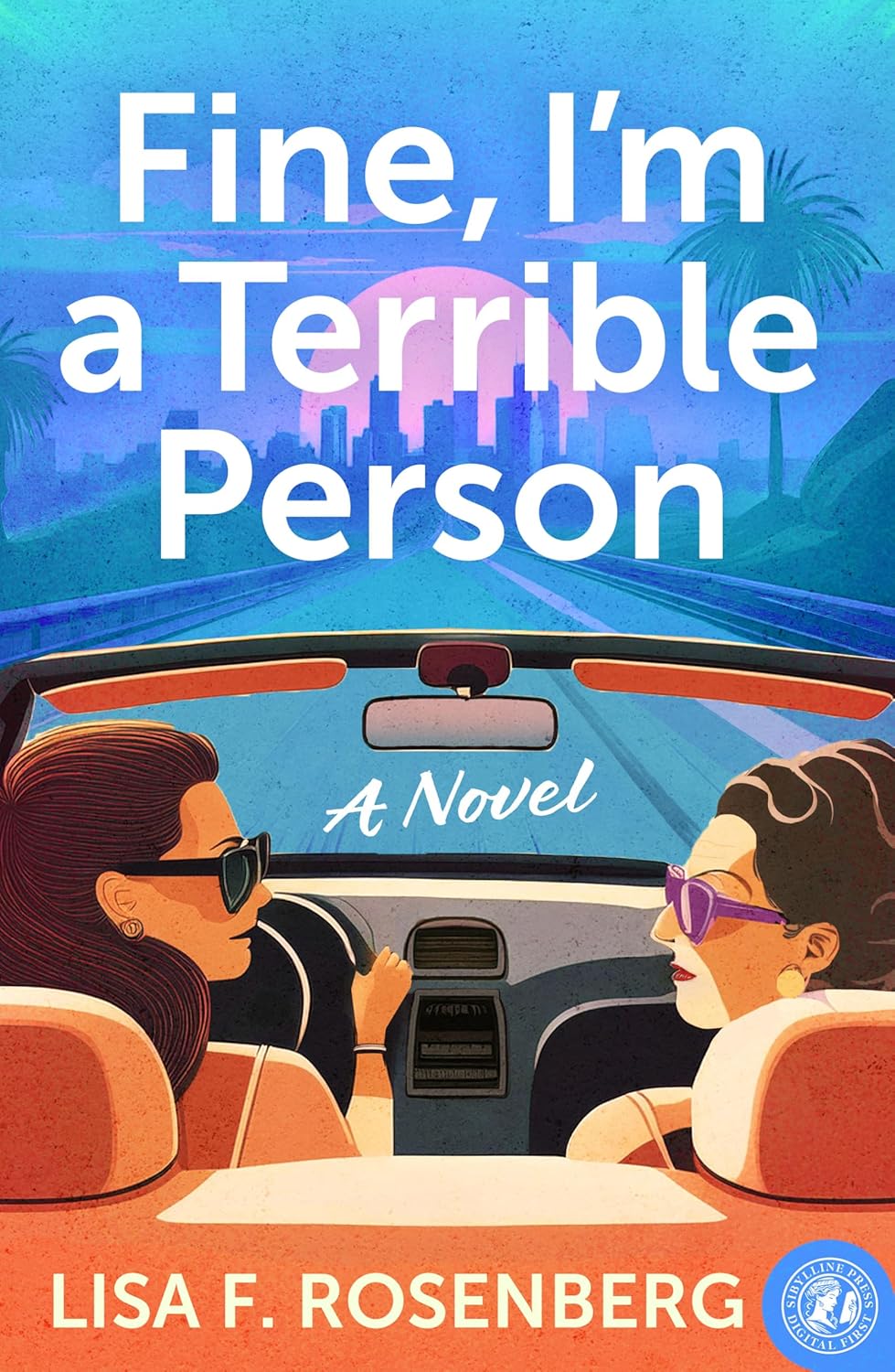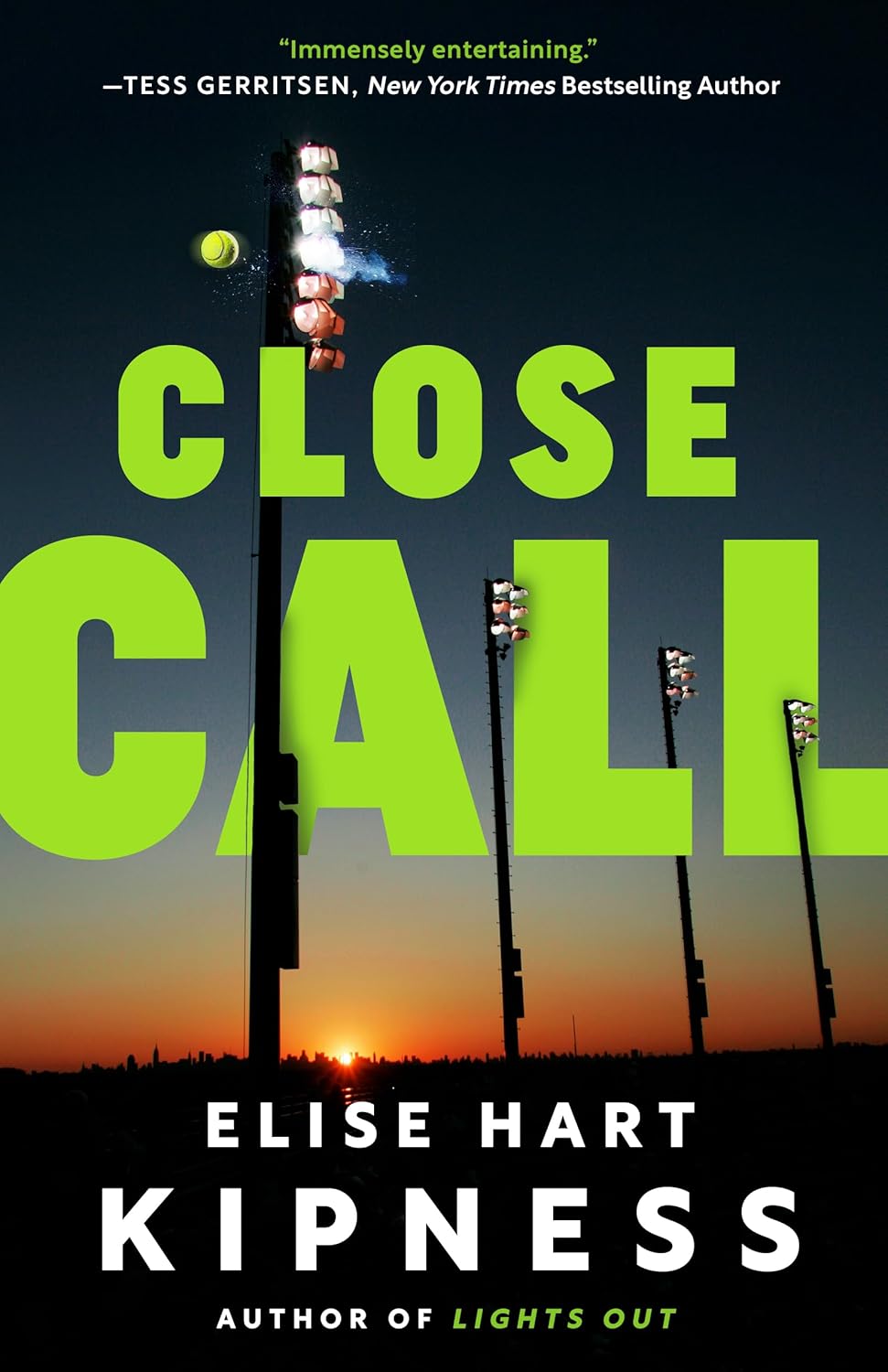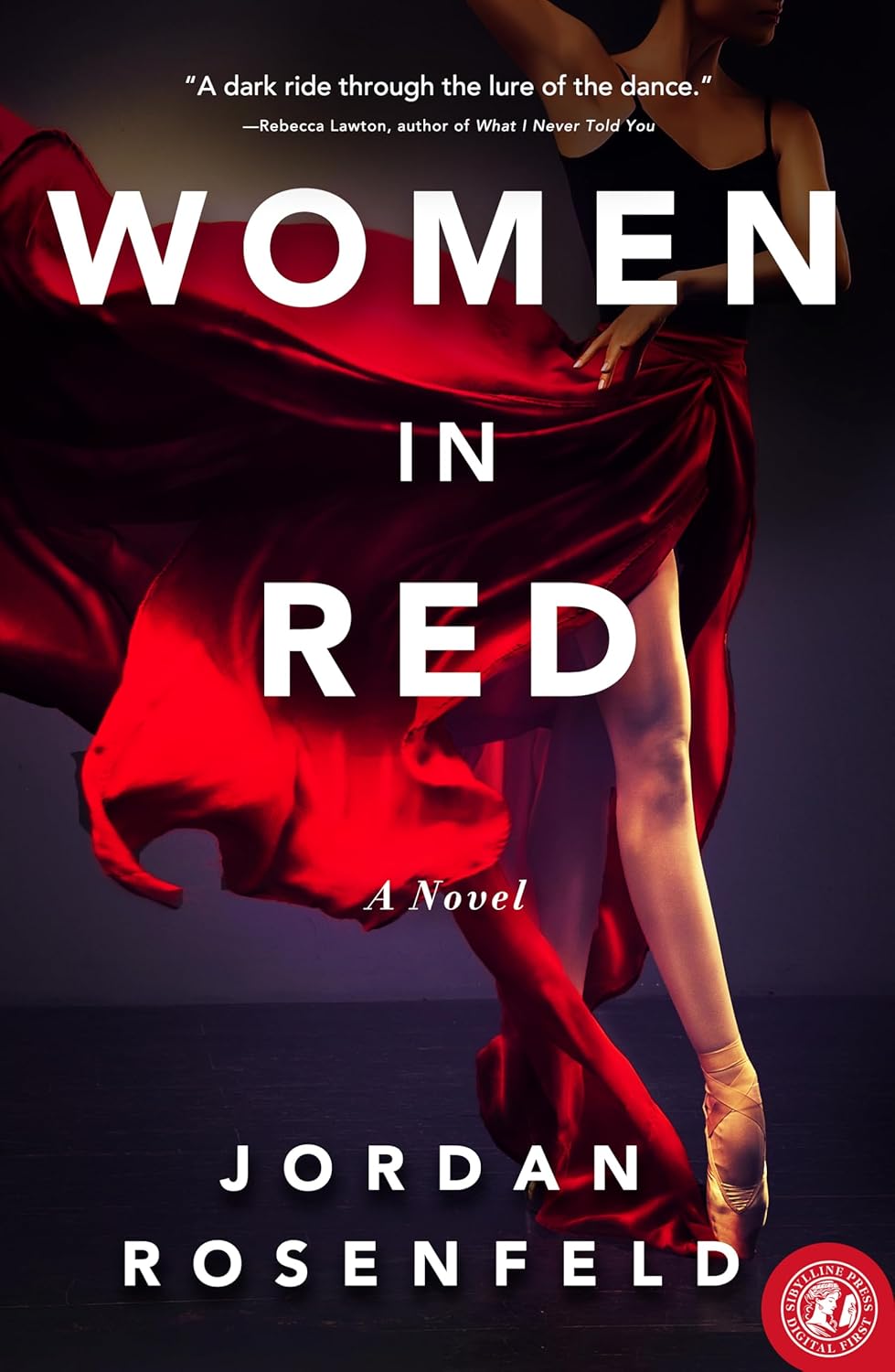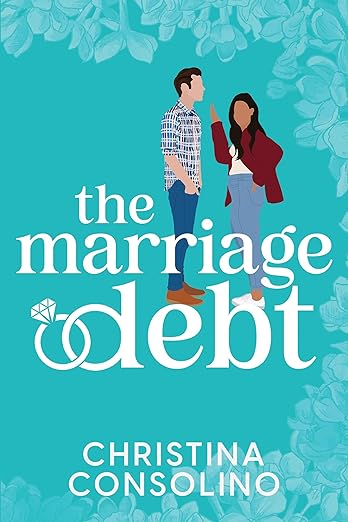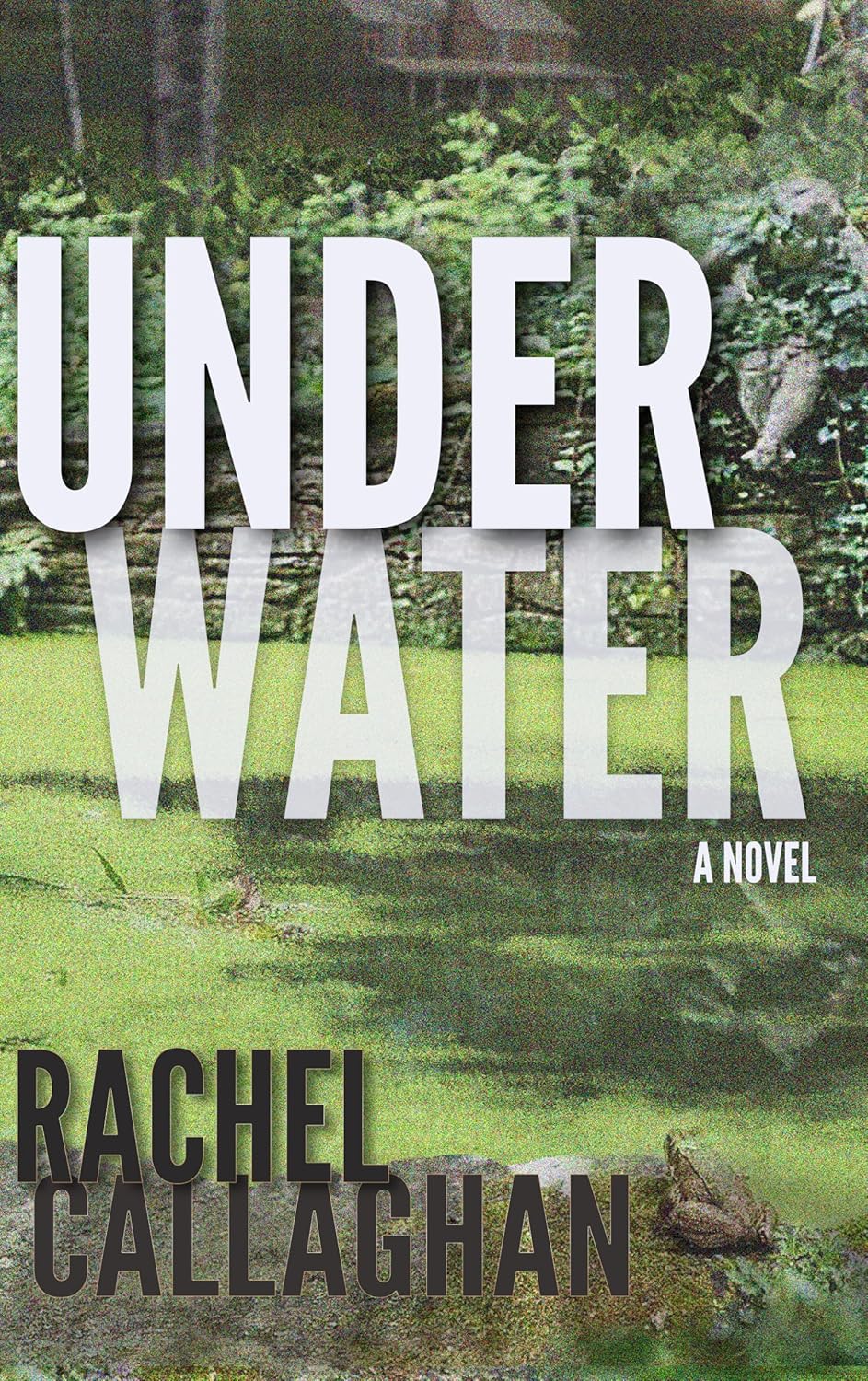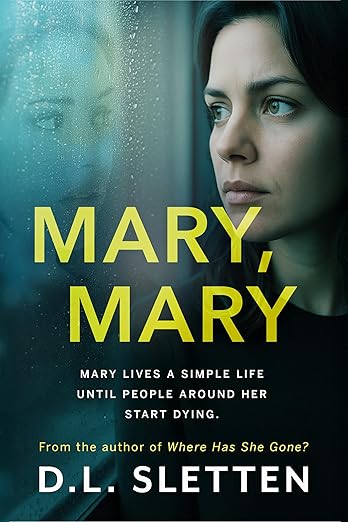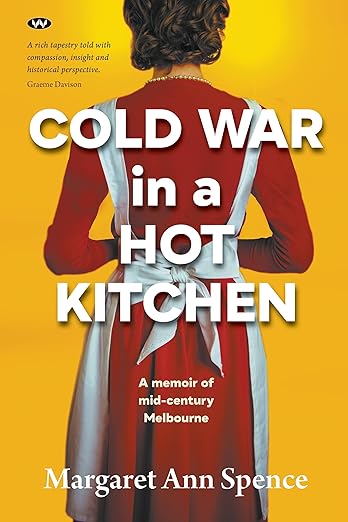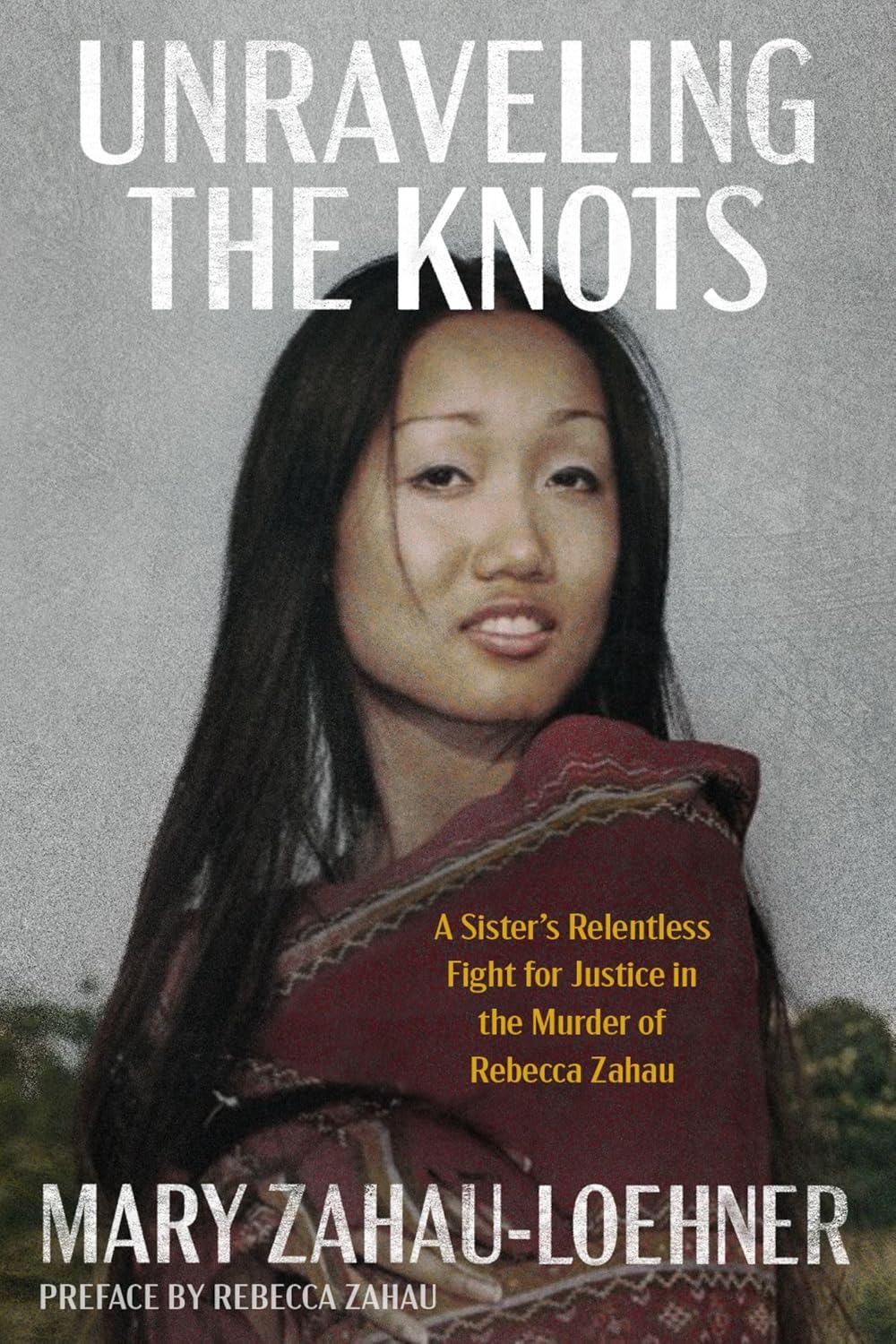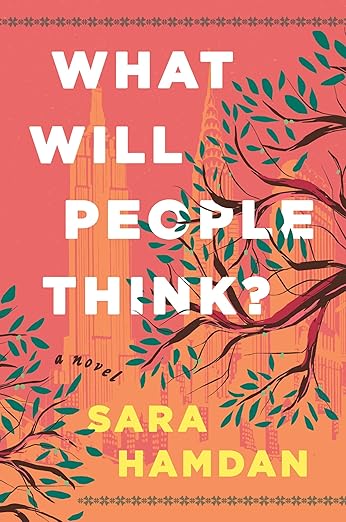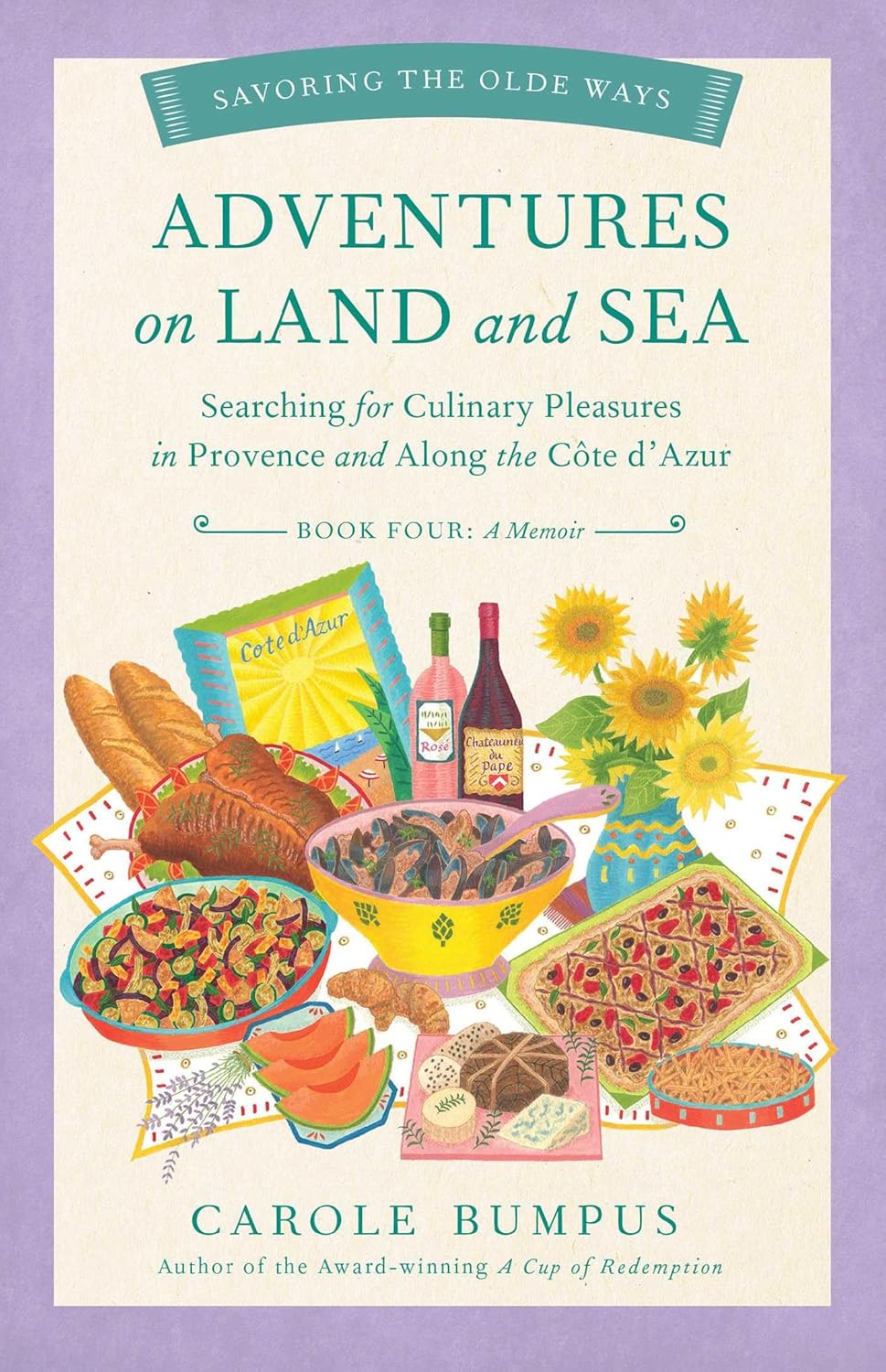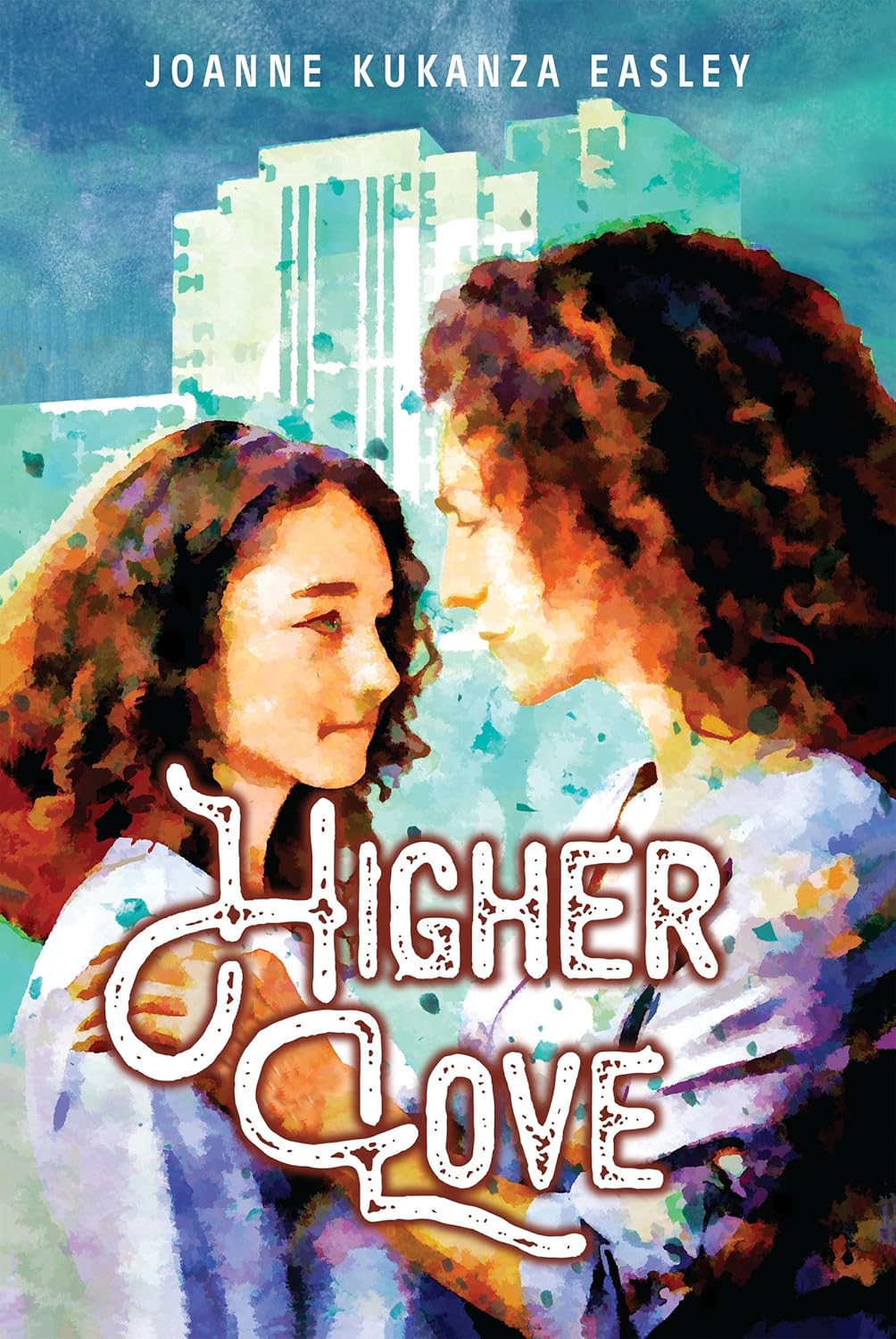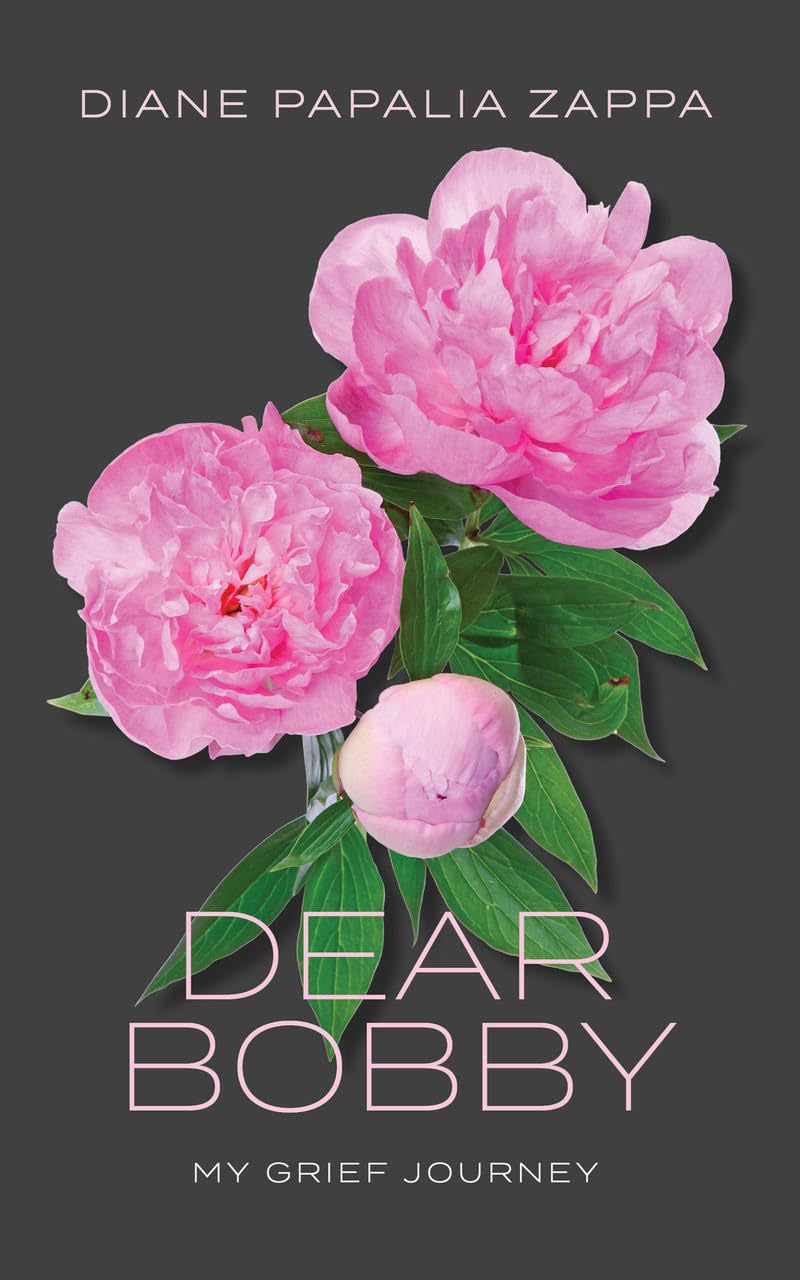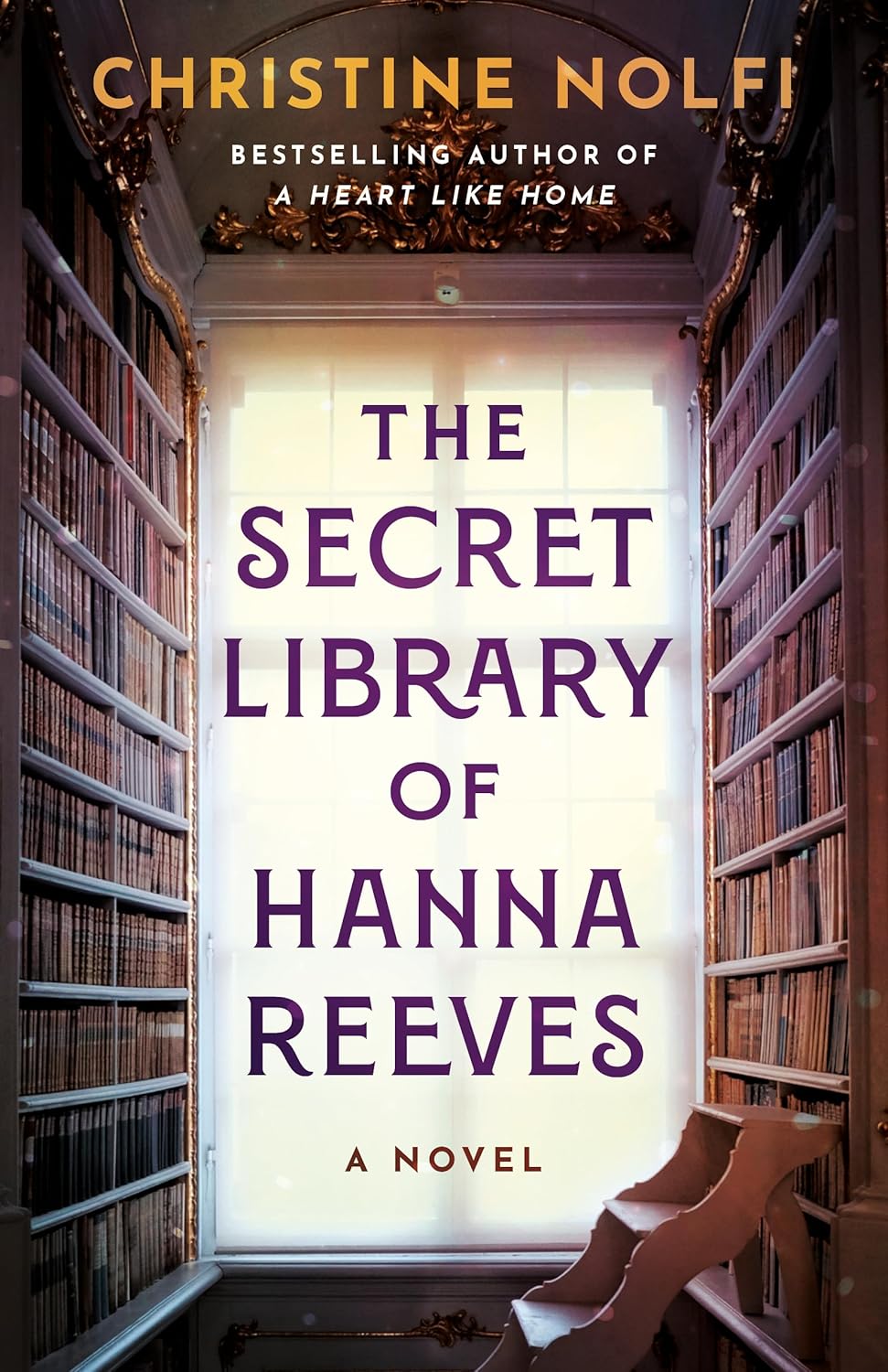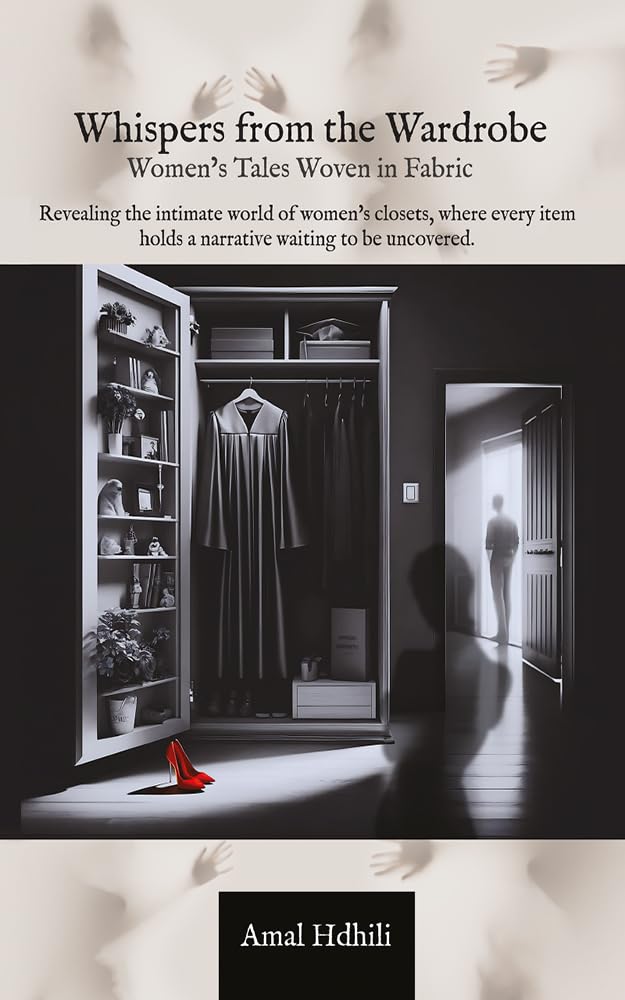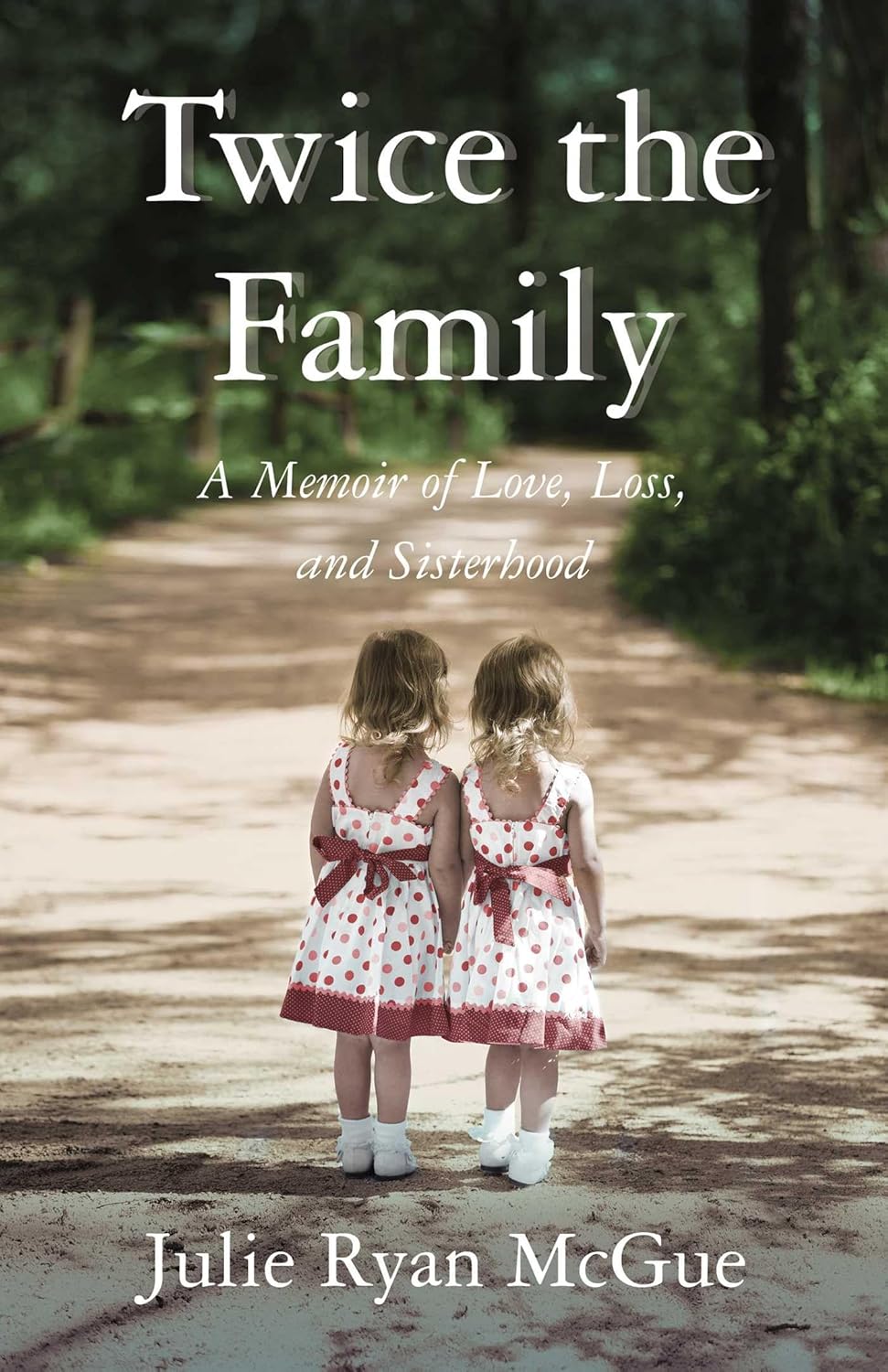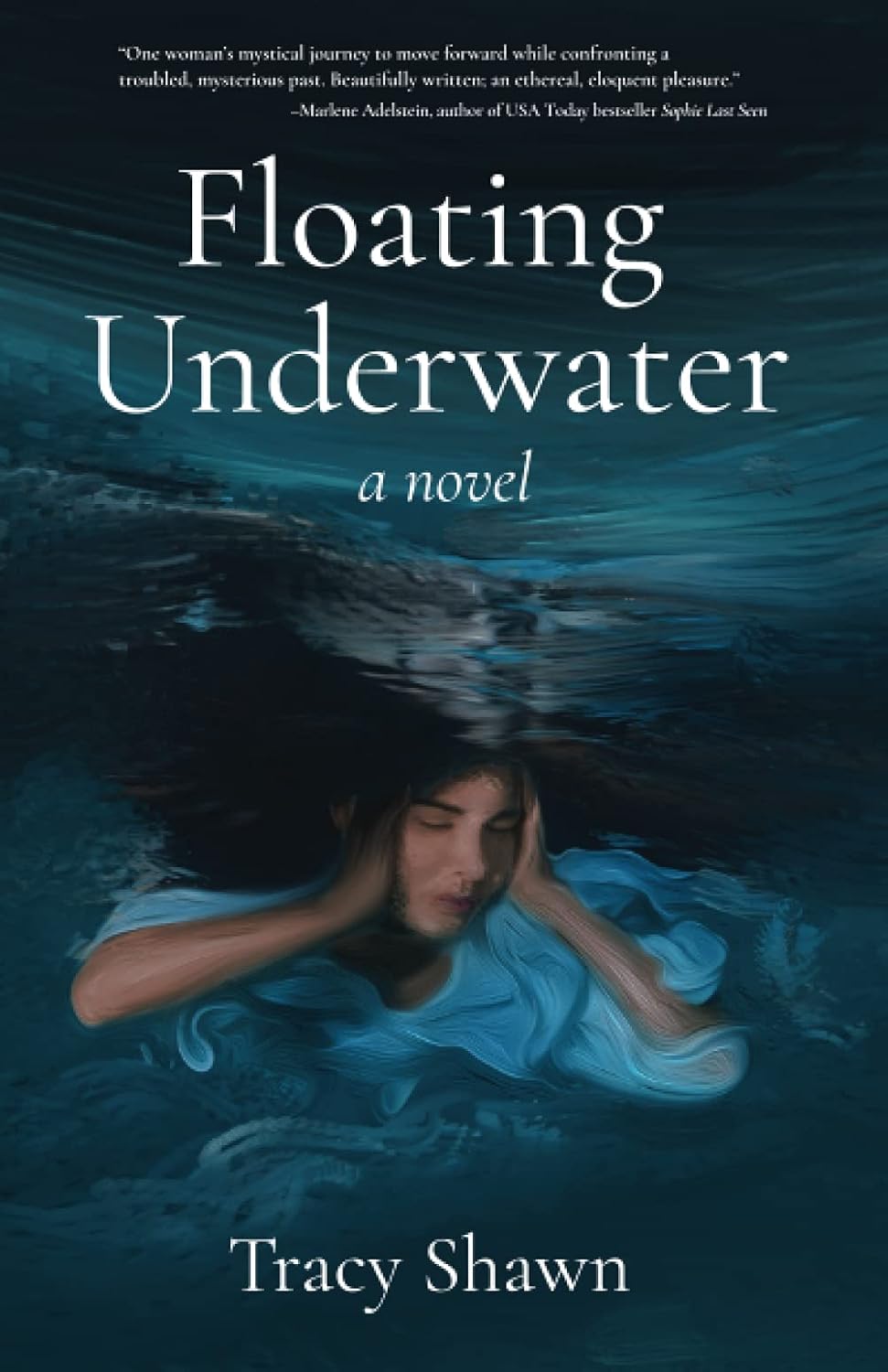The Power of Story and Community
The power of story and community
It’s clear that the effects of climate change are already being felt around the world – storms, wildfires, droughts, species extinctions – and also that governments are failing to address it with anything like the urgency that’s needed. One of the best ways to spread the word about the seriousness of the issue is by means of stories, engaging people through fiction with a depth that the news or scientific texts often cannot achieve. Groups such as the Climate Fiction Writers’ League and magazines such as Bending the Arc, are bringing together an encouraging number of writers who want to address these issues in their writing.
My second novel, Riverflow, is a present-day novel concerned with environmental issues and protest. For my third, After the Clearances, I wanted to take it a step further, and set the main action in the near future. The Paris Agreement of 2015 set the goal of limiting global heating to ‘well below’ 2°C (if possible not exceeding 1.5°C) above pre-industrial levels by 2050. Yet emissions are still increasing overall – not even plateauing – and I got to wondering what the world, or my own little corner of it here in Wales, might look like around that target date, thirty years from now, if efforts in the industrialised world are not stepped up.
It’s not only extreme weather events – as people are increasingly faced with crises, they tend to turn to populist governments to solve their problems. The problems are perceived as economic, but it’s all connected. Crises worsen and migration increases as the impacts of extreme weather events are felt, and the capitalism that causes inequality and poverty also promotes vested interests who are seeking to slow reactions to the climate crisis.
And so my vision of the UK in the 2050s is set against a background of the Clearances – an authoritarian government seeking to distribute scarce resources more easily by forcibly moving rural populations to new towns. In this fictional world, there have also been increasing bids for Welsh independence, and the Welsh see the Clearances – or Digartrefu, as they call it in their own language – although implemented throughout the more remote, rural areas of the UK, as being disproportionately focused on them.
As an activist myself, with Extinction Rebellion and local climate action hub, I’m also very worried about the growing curtailment of peaceful protest, in the UK and elsewhere, together with a creeping tendency to brand protesters as terrorists – this is happening as I write with the proscription of a nonviolent protest group currently making its way through parliament. An important backstory, central to some of the main characters’ stories in After the Clearances, centres on a large-scale protest that took place about twenty years prior to the novel’s main action, against a proposed reservoir that threatened to drown a significant Welsh valley to provide water for England.
This mirrors a real-life drowning of the village of Capel Celyn by damming the Tryweryn river in the 1960s to provide water for the city of Liverpool. I wanted to feature something similar to this real-life event in the 2030s, some twenty years before the novel’s main action, in my case combining Welsh rights with environmental protest – so my fictional Irlas Valley is not only a Welsh-speaking community, but also the location of a rewilding project by a collective of local farmers and smallholders. Like at the original Tryweryn dam, there was a bomb at Irlas, but in my story it caused greater destruction and injury, although the culprit(s) were never definitively found and the protesters claimed that it was a government plant, to brand them as terrorists and turn the tide of public opinion against the independence and environmental movements.
It’s a constant balancing act when talking of issues such as the climate crisis – too much ‘doom and gloom’ and people turn away, overwhelmed; too much positivity and ‘business as usual’ continues in the assumption that ‘they’ will solve the problem, one day. The positivity in After the Clearances takes the form of the Seeder community, who live on a fictional, remote island off the coast of Wales (different from, but inspired by, Ynys Enlli or Bardsey Island). They are seeking refuge from the Clearances on the mainland, but also building the foundations for a new, fairer way of life.
‘Our island is a refuge. It is also a place of learning and development. Once the latter has truly eclipsed the former, we will be ready. Seeds can lie dormant for years, even decades, waiting to spring to life when conditions are right.’
13-year-old Seeder, Glesni, loves her island community, but is also eager to see the mainland for herself. But when a vengeful mainlander, Sandy, is taken in by the community after her boat breaks down, her discoveries trigger a chain of events that threaten some of the Seeders, including members of Glesni’s family, and ultimately the community itself.
Meanwhile, on the mainland, a fiercely independent young woman living a self-sufficient existence in harmony with nature encounters a fugitive whose fate turns out to be linked to the events on the island. Their growing trust and friendship is infused with the Welsh language and echoes of the culture. Like the Irlas Dam incident, these scenes embody another aim of mine, to raise awareness of the Welsh language and culture beyond the borders of Wales itself.
For community is important – faced with the effects of climate change, it’s the best resource we have.
_________
Alison Layland writes thought-provoking novels with engaging characters and gripping storylines.
Her latest, After the Clearances, set on a remote Welsh island, is a compelling climate-fiction novel that explores themes of belonging, protest and betrayal. It is a successor to Riverflow, selected on publication as a Waterstones’ Wales Book of the Month. Her debut, Someone Else’s Conflict, was featured as a Debut of the Month on the LoveReading website.
She also writes short stories and flash fiction; she won the short story competition at the National Eisteddfod in 2002, and her story Quirky Robbers is featured in the Honno crime anthology, Cast A Long Shadow.
When not writing, she is an environmental and social campaigner, who enjoys walking, crafting, growing, foraging and photography around her home on the beautiful coast of Anglesey.
https://linktr.ee/AlisonLayland
After the Clearances
 This inventive, thought-provoking feat of climate fiction is as bold, beautiful and enthralling as the Welsh landscapes it conjures. Lovereading UK
This inventive, thought-provoking feat of climate fiction is as bold, beautiful and enthralling as the Welsh landscapes it conjures. Lovereading UK
The Seeders, a self-sufficient community, flee to a remote Welsh island to escape the government’s repressive Clearances, and cultivate a new way of living. But 13-year-old Seeder, Glesni, suspects her family is hiding something. When Sandy, a vengeful mainlander, washes ashore, Glesni is drawn to search for a truth that threatens to put those she loves at risk and maybe even jeopardize the whole community. Meanwhile, on the mainland, fugitive Winter finds an unlikely friendship with a wild woman living off the land. How are their fates connected?
Set in 2056, After The Clearances is a gripping cli-fi novel that explores the impacts of climate change through a story of loyalty and revenge.
BUY HERE
Category: Contemporary Women Writers




